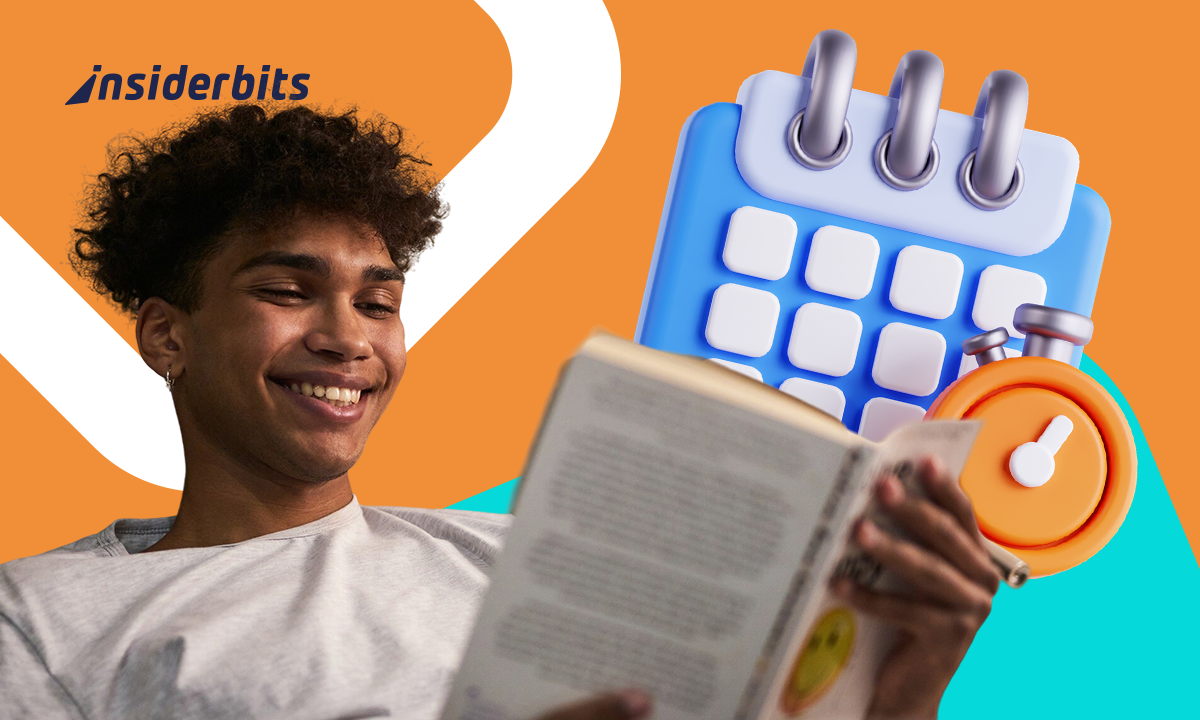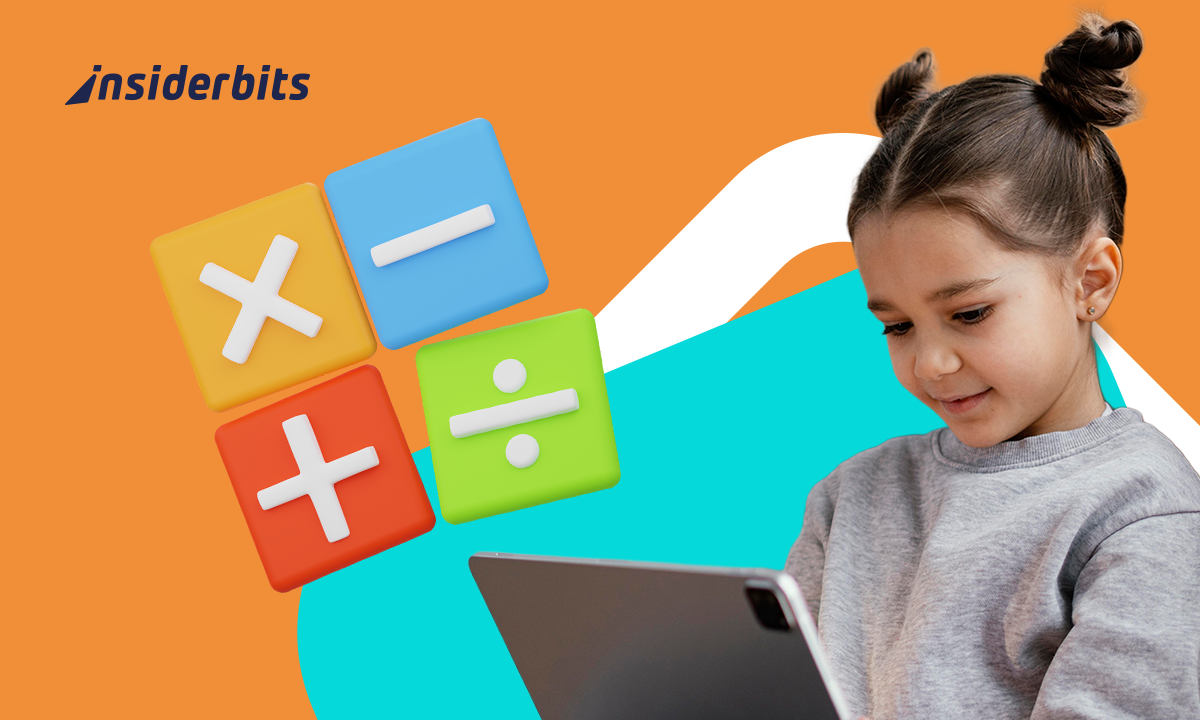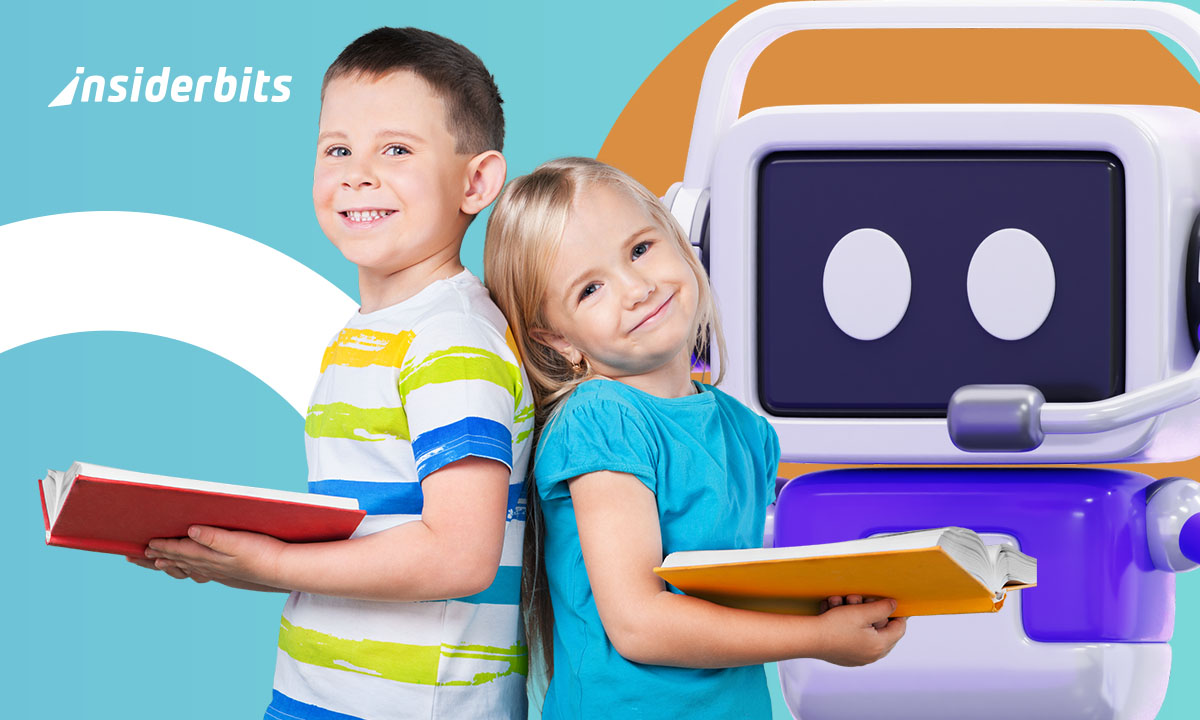Some teens read novels. Others scroll panels. But many are reading, just not the way adults expect. Teen reading habits in 2025 look different: stories are visual, progress is tracked in stats, and books live alongside music apps and group chats on the same home screen. The apps below have changed what reading means for a generation raised on fast content and personalization. They’re capable of blending entertainment with literacy in formats teens actually want to engage with.
For teens, reading begins with curiosity. It might take the shape of a digital comic at night, a story that unfolds like a streaming series, or an app that feels more like play than school. When books speak their language and blend into their daily rhythm, reading doesn’t feel like something extra; it becomes part of the world they already live in. That’s exactly when it sticks.
- Applicazioni per scoprire libri di lettura stimolanti
- Kindergarten reading: best apps to help your child read
- Magnifying Glass Smartphone For Reading
Teen reading habits start here: apps to keep them engaged
WEBTOON: Manga, Comics, Manhwa
The first of the apps to grow teen reading habits is Webtoon (iOS/Android). This app thrives on episodic, image-rich content, making it especially appealing to teens who gravitate toward comics or graphic novels.
With new chapters released daily and a massive library of genres, it offers stories that feel more like bingeable series than books.
Each episode is short and visual, which keeps things interesting, and perfect for quick reading sessions between classes or before bed.
This way, teens can follow favorite creators, discover trending series, and explore at their own pace, with no deadlines and no chapters to analyze as an obligation, just stories that unfold visually and pull them in by design.
4.6/5
Bookly – TBR Book Tracker
Bookly (iOS/Android) can transform any physical or digital book into an interactive reading experience, by setting daily reading goals, tracking how long it was read, logging their emotions after finishing a chapter, and watching their stats grow over time.
The app offers badges and estimates for how long it’ll take to finish each book, making progress feel visible and rewarding.
This is ideal for teen reading habits, who want to thrive on metrics or enjoy seeing their routines take shape.
Ultimately, Bookly becomes a digital reading journal, giving teens space to reflect and stay motivated, all while keeping reading personal and on their terms without stress.
4.3/5
Libby, the library app
The last one, Libby, (iOS/Android) brings the public library to a teen’s pocket. With just a library card, users get access to thousands of ebooks and audiobooks across every genre imaginable, with no kind of subscription or hidden fees.
The interface is easy to navigate, making it simple to browse and build a reading list, making it perfect for teen reading habits.
Libby is perfect for independent readers who want variety without limits, and for families who want to support literacy without adding another paid app to the mix.
4.7/5
What keeps teens hooked on reading in 2025
What works for younger readers doesn’t always carry over into adolescence. Teens are known for the need for something different. They’re drawn to platforms that let them explore on their own terms.
Since visual content usually plays a big role, apps that don’t feel like reading assignments tend to be more praising for teen reading habits.
They need to feel reading is like entertainment, offering bite-sized chapters and serialized arcs that invite binge-reading in a format teens already enjoy.
Personalization is just as important, because it adds a sense of accomplishment without pressure or grading.
When reading is framed as self-driven exploration, teens are more likely to return to it daily.
Best reading apps with comics, stats, and rewards
Some teens want to immerse themselves, and this engagement comes in many forms, like in illustrated fantasy stories, while others prefer to see data showing how far they’ve come.
Reading apps that resonate with teens often look and feel less like school tools and more like personalized media platforms. Because they don’t push chapters and summaries, they invite users into visual worlds.
The combination of visuals, dialogue, and serialized content turns reading into something episodic
That’s the reason why comics and graphic narratives play a major role in teen engagement.
Ultimately, rewards help to stop feeling that reading is like a task and, with that, it becomes part of a daily rhythm teens actually want to keep.
How to track progress and celebrate small wins
For many teens, progress isn’t about finishing a book; it’s about seeing the journey unfold along the way.
There are some simple tools like personal reading logs, color-coded calendars, or bookmarks with space for notes that can give shape to that progress.
When teens can mark what they’ve read, reflect on how long they’ve stayed consistent, or glance at a growing list of completed titles, the experience feels earned.
Even something as casual as checking off chapters, jotting a quick thought after a session, or tracking favorite quotes can create a rhythm.
Creating some small rituals offers satisfaction without pressure, helping turn reading into something measurable, repeatable, and personally rewarding.
By focusing on effort over outcome, these tracking methods shift reading away from academic obligation and closer to a personal, self-directed routine—one that teens are more likely to return to on their own, eventually creating teen reading habits.
How parents can support without being pushy
We all know that teens often resist anything that feels like homework, or obligation. That’s why the most effective support from parents happens quietly, through encouragement and options rather than pressure or requirements.
If you offer access to Libby and let teens explore on their own, maybe they will grow a teen reading habit.
Even if they gravitate toward audiobooks or comics, what matters is the habit, not the format. Autonomy is a powerful motivator at this stage.
Remember to celebrate small wins when your teen finishes a Webtoon series or logs five sessions in Bookly, acknowledge the effort without turning it into a lecture.
When it comes to validation, these attitudes will always help build confidence and make the habit feel rewarding.
Also, avoid forcing books that don’t align with your teen’s interests. Instead, recommend apps with variety and let them lead the way.
Support means creating space for reading to grow naturally.
When teens feel trusted to manage their own reading journey, they’re more likely to enjoy it, and keep going.
Teen reading habits start here: apps that keep kids engaged – Conclusion
Teen reading habits aren’t about finishing the thickest book on the shelf; they’re about finding stories that will help them fall in love with reading.
Some of them will read with earbuds in, and others will sneak in a few pages between homework and playlists, but what matters most is that they keep reading. W
One word at a time, they’re learning how they connect with the reading world. So hand them the map, not the instructions. Let them explore. When reading fits their rhythm, it becomes more than a habit. It becomes theirs.
Correlato: Date potere ai giovani lettori a casa con le app gratuite!
Ti è piaciuto questo articolo? Salvate il blog Insiderbits tra i vostri preferiti per conoscere gli strumenti più recenti, i consigli tecnologici creativi e le scoperte nel campo dell'editing fotografico.





